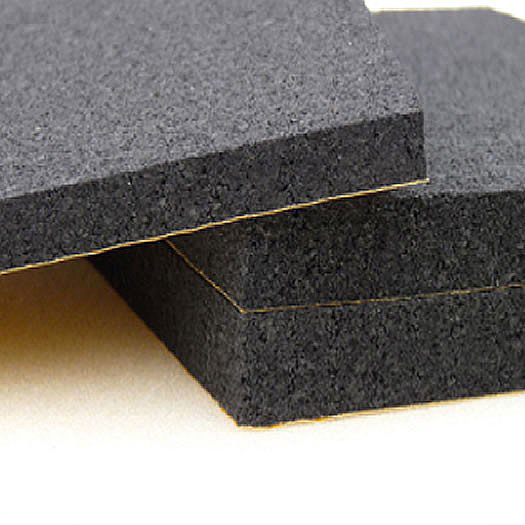The applications of rubber in catering and food processing
October 2018Praised for its elastic quality and versatility, rubber is seen as a multi-purpose product that has become one of the world’s most useful materials. Rubber…
Read More Established 1932
Established 1932 
Foam: a simple material, yet dynamic in its design and uses. From mattresses to packaging, and from sound proofing to sound improvement, you’ll likely find foam is used in many areas and spaces that you encounter in everyday life.
But when it comes to sound, foam is one of the most effective materials to use and- in fact- acoustic foam’s primary function is to improve the sound quality of a room. Its main purpose is to help provide the crispest, most clean, sound possible. Secondary to this, acoustic foam can also be used for volume proofing and preventing noise from echoing outwardly too far.
This type of foam works by reducing the amplitude of sound waves, dissipating the sound energy as heat. As sound hits the foam panels, much of the noise is absorbed by the material. The shape of the foam also provides differing impact, depending on the direction in which it diffuses the sound waves. This improves the sound quality and offers varying levels of sound proofing.
Locations likely to have this kind of foam include workplaces, factories, cinemas, churches, gymnasiums and- of course- anywhere involving music! Whilst workplaces or factories may need to block out noise or contain sound levels, most places that use acoustic foam want to improve the quality of what listeners will hear. Churches, for example, want speakers to be heard in a clear and comfortable context. Auditoriums want to project singular or multiple sounds at once, as best possible. Gymnasiums- perhaps often synonymous with echoing- will have acoustic foam to dull down the ‘bouncing’ sound around the room. Ultimately, this is all about trying to achieve an optimum sound.
The foam itself can be attached to walls, ceilings and other surfaces, meaning it is effective and variable. An advantage is that it can be cut to shape, bent to fit, manoeuvred or easily rolled up.
If it’s optimal sound you’re seeking, think about the areas of the room you will need to project into- and whether there will be any obstacles. Foam panels can be applied to parts of the room that require them and a sound technician is your best port of call to advise further on this. A specialist will also be able to detail further about rooming, design and practical aspects that may inhibit what’s heard in your space (and, if course, any additional equipment and so forth.)
With all of this in mind, there are certainly many aspects to the functionality of acoustic foam- and where you’ll find it. It’s an affordable and effective material that transforms a space: it offers a great solution to maximising the quality that any listeners will hear.
Praised for its elastic quality and versatility, rubber is seen as a multi-purpose product that has become one of the world’s most useful materials. Rubber…
Read MoreRubber is a highly versatile and useful material. In every vehicle, building and machine, it is easy to identify a rubber component - from car…
Read More










